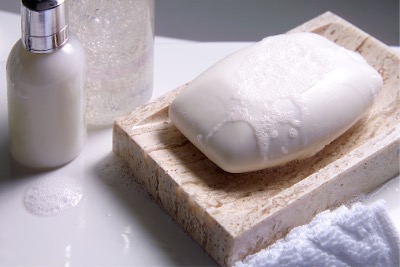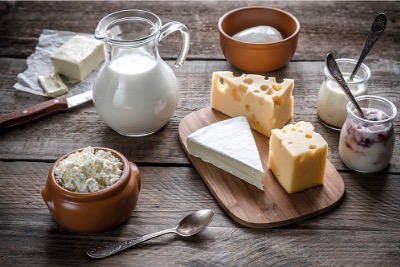
Pork Derivatives in Everyday Products

Research Shows Pig Parts Exist in Many Consumable Products
Christien Meindertsma, is the author of "Pig 05049". During her 3 years of research for the book, she documented the life and afterlife of one pig named as the number 05049. This included the trail and post life distribution of all of its parts and was covered over the course of seven chapters.
Incredibly she found that after harvesting, Pig 05049 became a part of 185 non-pork products that ranged from bullets to artificial hearts. In a Ted Talk, “How Pig Parts Make the World Turn”, she carefully explains that the purpose of the book is to show how pig parts are used in many commonly consumed products, many of which are unbeknownst to a great majority of the world’s population.

The chapters of the book each represent a part of the pig from which goods are produced. These include:
- Skin
- Bones
- Meat
- Internal Organs
- Blood
- Fat
- Miscellaneous
She went on to give many examples from the nearly 200 products that contain materials derived from pig’s bones, hide, bristles, and other parts. Additives derived from pigs can be seen in many consumer goods. Here are some examples:

Food Products
Meindertsma discovered that protein from pig hair is often used as a “dough improver” in bread. In other words, proteins of animal origin are used for solubility, high emulsifying and foaming capacity and stability in baked goods. An ingredient like L-Cysteine, derived from hair, helps improve shelf life of bread and other products.
In addition, some low-fat products need additional texture so gelatin is often added to cheese, yogurt and other dairy products to make them more palatable. Gelatin is also commonly used in prepared deserts and bakery products.
One of her most disturbing findings is what some grocers call "portion-controlled meat cuts". It is sold in the frozen section of the supermarket and looks like beef steaks. The unsuspecting consumer naturally assumes that it is a 100% beef product. In reality it is beef trimmings that cannot be sold on their own, so they are gathered together, molded into a steak and held together with fibrin from pig blood. It is a huge sausage that is then cut up and made to look like steak. The same process is used to make fish products like tuna and scallops.

Non-Food Items Containing Pig Parts
Many common non-food items also include ingredients derived from pigs.. Meindertsma found that most paint, sandpaper and brushes contain parts of a pig.
Meindertsma made another interesting find in her research. Most people don’t realize that the bone in fine bone china is really animal bone. And, surprisingly, the bone in fine bone china is pig bone.
Pig parts are also used in the production of some cigarettes. There's a company in Greece that produces cigarettes that contain hemoglobin from pigs inside the filter.
Fatty acids extracted from boiling pig bones are often used as a hardening agent in soaps. These fatty acids also give an aesthetically pleasing, pearl like, creamy appearance. Sticking with the bathroom theme, Meindertsma added that she found substances derived from pigs in shampoo, conditioner, creams, lotions and even toothpaste.

Halal Certification
Meindertsma’s research shows that avoiding pig parts in products can be tricky because they are often hidden and few are ever listed in non-consumable product ingredients. The best way to ensure that there are no pig parts in food or other consumable products is to look for a Halal certification logo mark. ISA certifies manufacturers of both consumable and non-consumable products when they meet compliant Halal standards. We do this with the utmost care to ensure that our customers have the information they need to make informed Halal decisions.